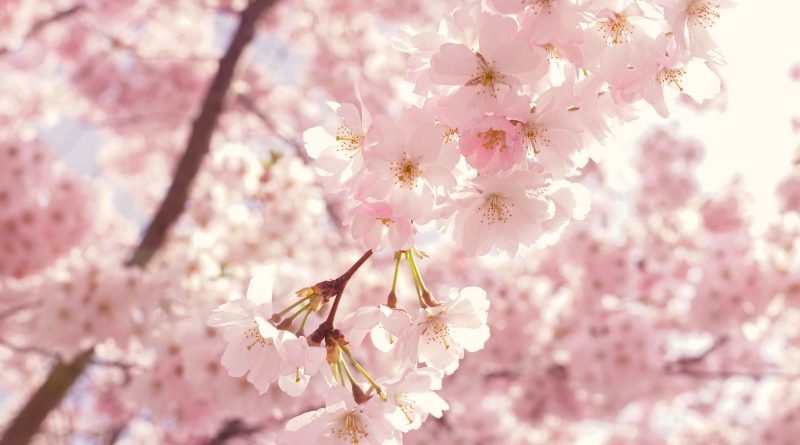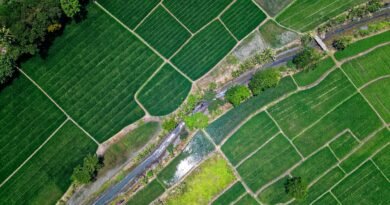Understanding the Cherry Tree: From Origins to Planting
Savouring the delicious tartness of a cherry pie or biting into a ripe, juicy cherry is a treat to the senses. But have you ever wondered about the journey of these cherries, right from their origin on cherry trees to your fruit bowl? A member of the Prunus genus in the Rosaceae family, cherry trees have a fascinating lifecycle. Let’s delve deeper into the world of cherry cultivation, from the characteristics of different cherry types to their planting conditions and maintenance.
The Cherry Tree: A Fruitful Tale
Cherry trees are much more than just another fruit-bearing plant; they hold a rich legacy. Although cherries are native to the Northern hemisphere, the most significant production can be traced back to East Asia, with Japan being a famous cherry hub. Today, these trees have spread across the globe, their popularity transcending geographical barriers.
Two primary varieties of cherries are commercially cultivated: sweet and sour. Sweet cherries, consumed fresh, come from trees that typically grow tall and upright, reaching nearly 11 meters. Their fruits are small and globular, approximately 2 cm in diameter, and their colour spectrum ranges from yellow to red, even black.
Sour cherries, scientifically known as Prunus cerasus, are sold as canned or frozen products. They are extensively used in culinary preparations, from pastries to sauces. The trees that bear these cherries are somewhat smaller, extending to about 16 feet. The fruits they yield are oblate and round, generally sporting a dark red hue.
Cherry Blossoms: An Embodiment of Aesthetic Charm
In many parts of Asia, cherry trees are valued for more than just their fruits. The breathtaking beauty of cherry blossoms makes these trees an ornamental spectacle in gardens, embodying a blend of nature’s artistry and horticultural elegance. Cherry blossoms also hold deep cultural significance in countries like Japan, representing the ephemeral nature of life.
Conditions for Planting Cherry Trees
Cultivating cherry trees requires particular conditions for optimal growth. One of the most crucial requirements is fertile, well-drained soil, as these trees are prone to root rot. A soil pH ranging between 6 and 7 is ideal for cherry trees. Additionally, these trees need at least 8 hours of daily sunlight, indicating they cannot thrive in the shade.
One interesting fact about cherry trees is their pollination process. While sour cherry trees are self-pollinating, sweet cherry trees need cross-pollination. It’s also critical to plant cherry trees on slightly elevated ground, as frost tends to accumulate faster on lower grounds, posing a risk to these frost-sensitive trees.
The best time for planting cherry trees is early or late spring, especially when the soil moisture content is high. Regular and proper pruning is also a must for these trees. Even though cherry trees require some care during planting, they are relatively low maintenance and easy to grow once established.
Choosing the Right Nursery
If you’re planning to bring home a cherry tree, selecting a reliable nursery is crucial. CRJ Fruit Trees Nursery is renowned for its wide array of fruit trees, including cherry trees. Their online platform makes it easy to order and ensure you receive a healthy, well-nurtured plant.
In conclusion, cherry trees represent a delightful blend of beauty and functionality. They offer not just succulent fruits but also add a touch of aesthetic appeal with their charming blossoms. Understanding their growth requirements and maintaining them can reward you with a garden that’s not only visually pleasing but also fruitful.




